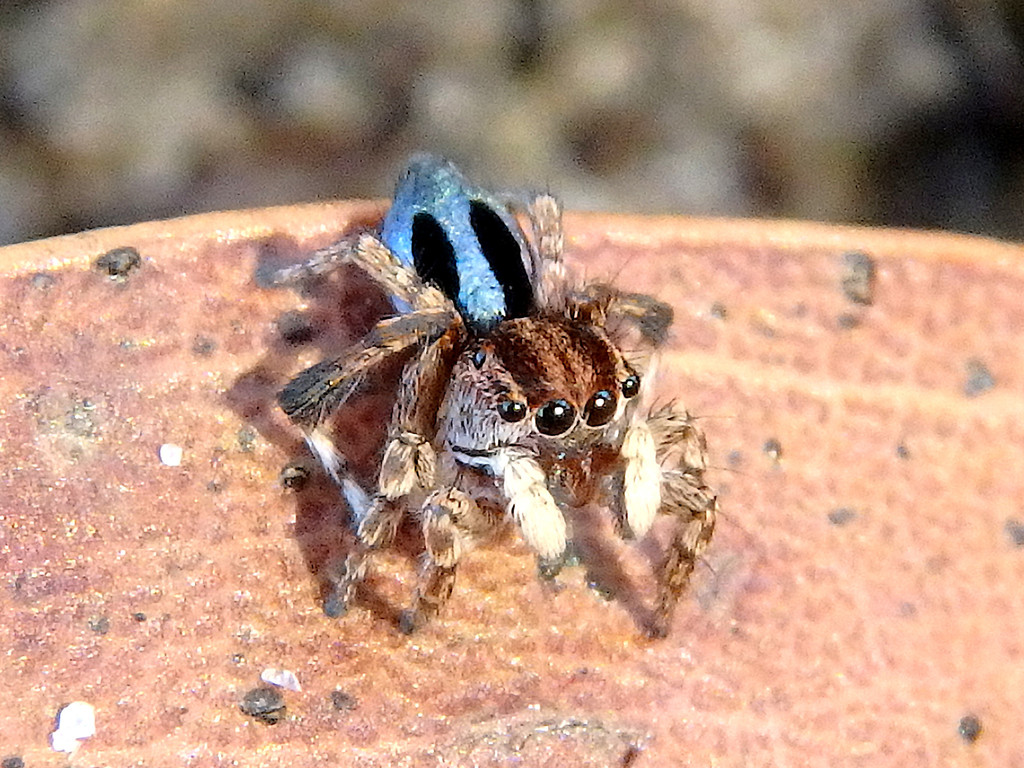GSB Identification
Thank you all who have helped out with IDs on my Great Southern BioBlitz observations. I've visited a few locations new to me and encountered quite a few species I'm not yet familiar with. In a rush to upload, I've simply IDed many as 'Flowering Plant' or 'Insect'. Upon review, I should be able to confirm many of the Plant IDs. (I'll never auto-agree). Out of 1289 observations there are 609 still at Needs ID. Any further help would be greatly appreciated. The below links should take you direct to the ID page for the relevant taxa and automatically filter out any observations you may have already reviewed. Some observations have probably reached their ID limit, but most can still be improved.
All (609 at Needs ID) / Birds (6 at Needs ID) / Frogs (1 at Needs ID) / Reptiles (1 at Needs ID) / Mammals (2 at Needs ID) / Fishes (1 at Needs ID) / Molluscs (2 at Needs ID) / Arachnids (6 at Needs ID) / Insects (166 at Needs ID) / Beetles (15 at Needs ID) / Flies (26 at Needs ID) / Hemiptera (12 at Needs ID) / Hymenoptera (17 at Needs ID) / Lepidoptera (81 at Needs ID) / Orthoptera (6 at Needs ID) / Plants (399 at Needs ID) of which there are 51 still at Subphylum / Orchids (10 at Needs ID) / Moss (8 at Needs ID) / Poales (25 at Needs ID) / Eucalyptus (19 at Needs ID) / Fungi (13 at Needs ID)
To help me reach my goal of 50 new species on my life-list during the GSB, I'd be really interested in getting narrower IDs for the below observations, all of which represent firsts for me:
Plants:
https://www.inaturalist.org/observations/99662077
https://www.inaturalist.org/observations/99616732
https://www.inaturalist.org/observations/99614278
https://www.inaturalist.org/observations/99613227
https://www.inaturalist.org/observations/99522375
https://www.inaturalist.org/observations/99440932
https://www.inaturalist.org/observations/99435919
https://www.inaturalist.org/observations/99432593
https://www.inaturalist.org/observations/99302183
Orthoptera:
https://www.inaturalist.org/observations/99609216
https://www.inaturalist.org/observations/99527344
https://www.inaturalist.org/observations/99309416
Hymenoptera:
https://www.inaturalist.org/observations/99311494
Spiders:
https://www.inaturalist.org/observations/99312424
https://www.inaturalist.org/observations/99309417
https://www.inaturalist.org/observations/99062966
Other:
https://www.inaturalist.org/observations/99615608
@alan_dandie, @ellurasanctuary, @george_seagull, @deborod, @bwjone432155, @stephen169, @davidsando, @vicfazio3, @asimakis_patitsas, @pennywort_man, @gposs, @d_kurek, @insiderelic, @thebeachcomber, @mettcollsuss, @ben_travaglini, @presidentfobhm, @thammer, @meta4, @abedggood, @dnicolle, @karenweaving62, @predomalpha, @em_lamond, @stegobups, @cesdamess, @grigorenko, @kellieu, @kevinbonham, @andrew_allen, @mendacott, @dee115, @rwl, @petragloyn, @borisb, @reiner, @seamus-doherty, @pewin, @christopherburwell, @jason_graham, @johnascher, @eremophila, @oneanttofew, @trh_blue, @suzieandjim, @markayers, @jenny8593, @max_tibby, @redsnow, @teaa981, @snakeboy222, @mike_hooper, @patrickwhite57, @clinton, @f_martoni, @zdanko, @davemmdave, @dianneclarke, @alanhorstmann, @froggy143, @szucsich, @bobwardell, @florin_feneru, @ospr3y, @michalsloviak, @jtotero, @lucasorizonte, @marcoduretto, @scottyw, @gyrrlfalcon, @lmata, @tony_wills, @pihlaviita, @ryanandrews, @else, @barbaraparris, @nannie, @skipperdogman, @patrick_campbell, @myelaphus, @robotpie, @wamoz, @alexburton, @lotteryd, @kevin474, @chewitt1, @kallies, @fernslu, @graham_winterflood, @ladyrobyn, @ethmostigmus, @htct, @ratite, @knicolson, @angelinbotanico, @manfdot, @glycymeris, @brothernorbert, @yudval, @darcywhittaker, @dlync, @baronsamedi, @jozefobona, @mydadguyfieri, @pomjaeger, @natashataylor, @sgrolph, @connor_margetts, @insect_boy, @la_historia, @duka_skalamera, @rgvhf, @alice_casiraghi, @andrea_montechiarini





















